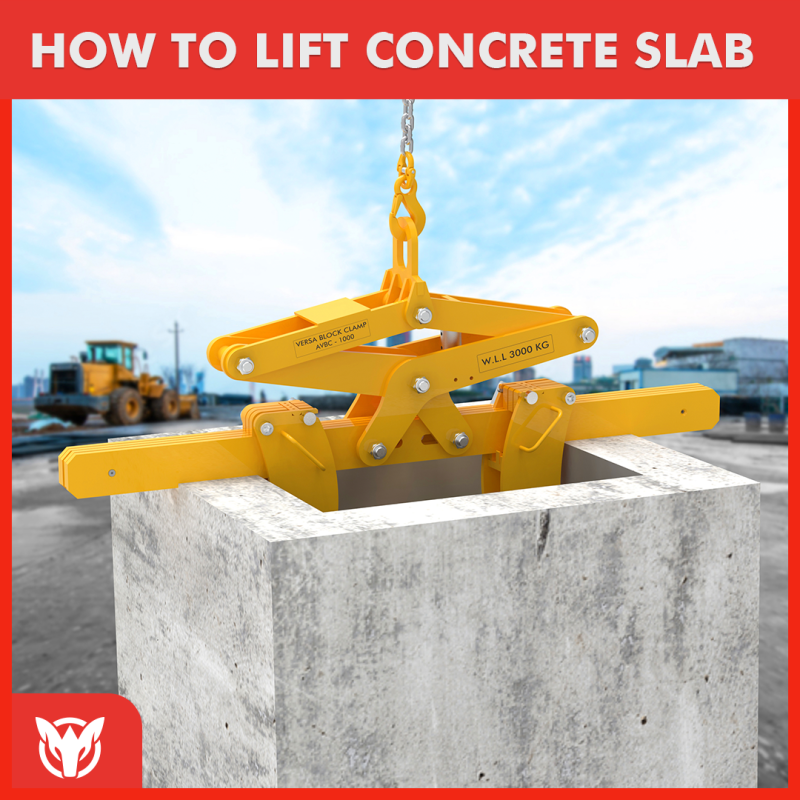



Lifting concrete slabs and blocks is a fundamental task in construction and industrial environments. Whether you're managing a small renovation or a large-scale project, selecting the right method can have a significant impact on safety, efficiency, and overall costs. Below, we explore manual versus mechanical techniques, supported by industry research, to help you decide how to lift concrete slabs and execute effective block lifting.
Manual lifting is a traditional approach often used for smaller loads or infrequent tasks. While it offers flexibility, this method requires strict adherence to proper techniques to minimize the risk of injury.
Key Considerations
While manual lifting is cost-effective and simple, it’s also labor-intensive and poses a higher injury risk, especially for prolonged or heavy-duty tasks.

For larger jobs or repeated lifts, mechanical lifting is a game changer. Advanced equipment—ranging from block clamps and block lifters to versatile concrete block lifters and cement block lifters—can dramatically improve both safety and productivity.
Highlights of Mechanical Lifting
Industry Research Speaks
Studies in the Journal of Occupational Ergonomics show that using mechanical lifting equipment can slash work-related injuries by up to 50%. Moreover, construction reports indicate that incorporating these advanced systems boosts overall operational efficiency by around 30%, translating into substantial time and cost savings.
Mechanical lifting isn’t just about reducing labor—it’s about creating a safer, faster, and more versatile solution for how to lift concrete slab effectively.
Manual vs. Mechanical: A Side-by-Side Look
|
Factor |
Manual Lifting |
Mechanical Lifting |
|
Weight Capacity |
Best for small to medium loads |
Designed for heavy loads, including large concrete slabs |
|
Efficiency |
Labor-intensive and slower |
Automated grip & release dramatically speeds up operations |
|
Safety |
Higher risk of strain and injury |
Engineered systems lower injury risks significantly |
|
Versatility |
Limited by human strength |
Adaptable for various tasks: concrete block lifter, cement block lifter, and block grabber functions |
|
Cost |
Lower upfront cost, but potential for injury costs |
Higher initial investment offset by long-term savings |
For those asking how to lift concrete slab safely and efficiently, the choice is clear: while manual lifting may work for small, infrequent jobs, mechanical lifting methods offer a superior solution for larger or repetitive tasks. By using advanced equipment—whether it’s a versatile block clamp, block lifter, or block grabber—you can enhance safety, boost efficiency, and achieve remarkable cost savings over time.
Embracing mechanical lifting is not just about moving heavy loads; it’s about protecting your workforce and optimizing your workflow in today’s demanding construction and industrial environments.
Disclaimer
The information provided in this article is intended for general informational purposes only and should not be considered professional advice. Always consult with a qualified expert or engineer before implementing any lifting techniques or using equipment for lifting concrete slabs and blocks. The publisher and authors are not liable for any damages or injuries arising from the use of this information.
Sign up to receive the latest info on new Aardwolf products, special offers and more.
By signing up you agree to receive emails from Aardwolf with news, special offers, promotions and other information. You can unsubscribe at any time.